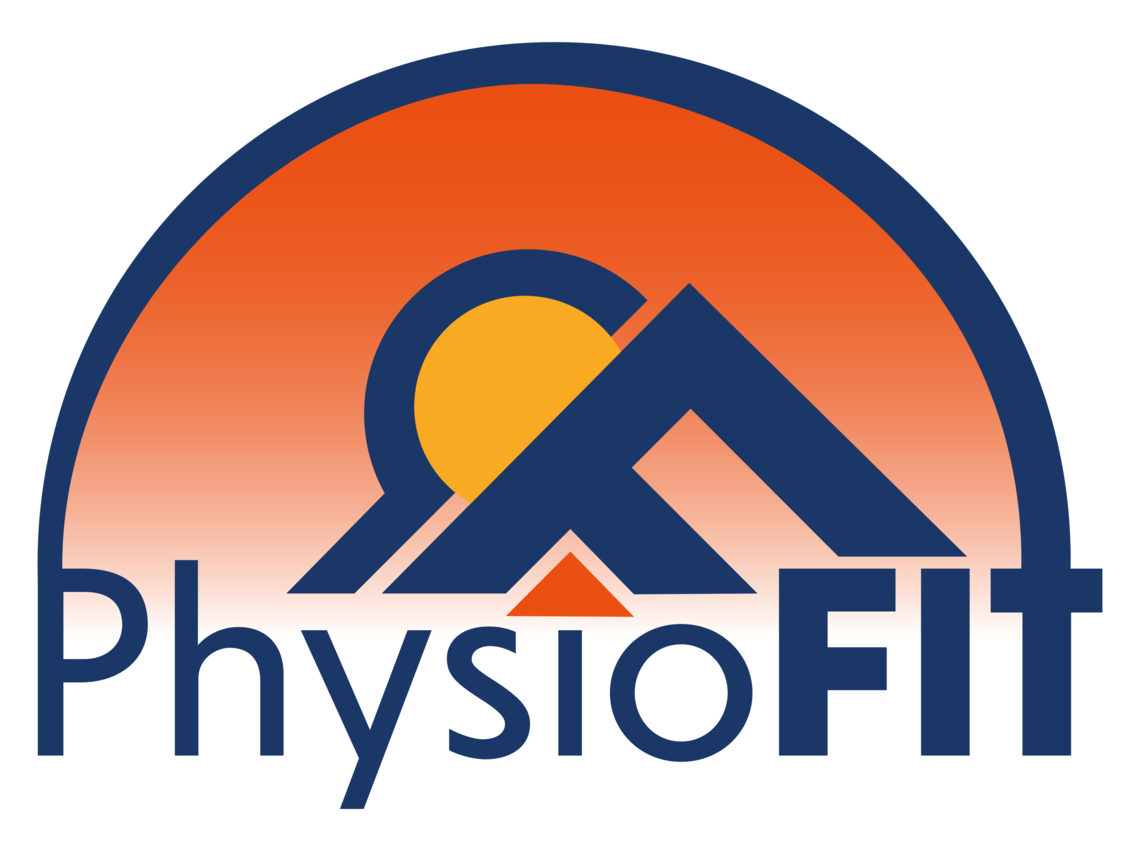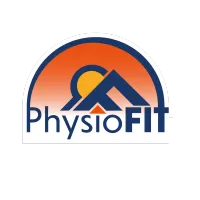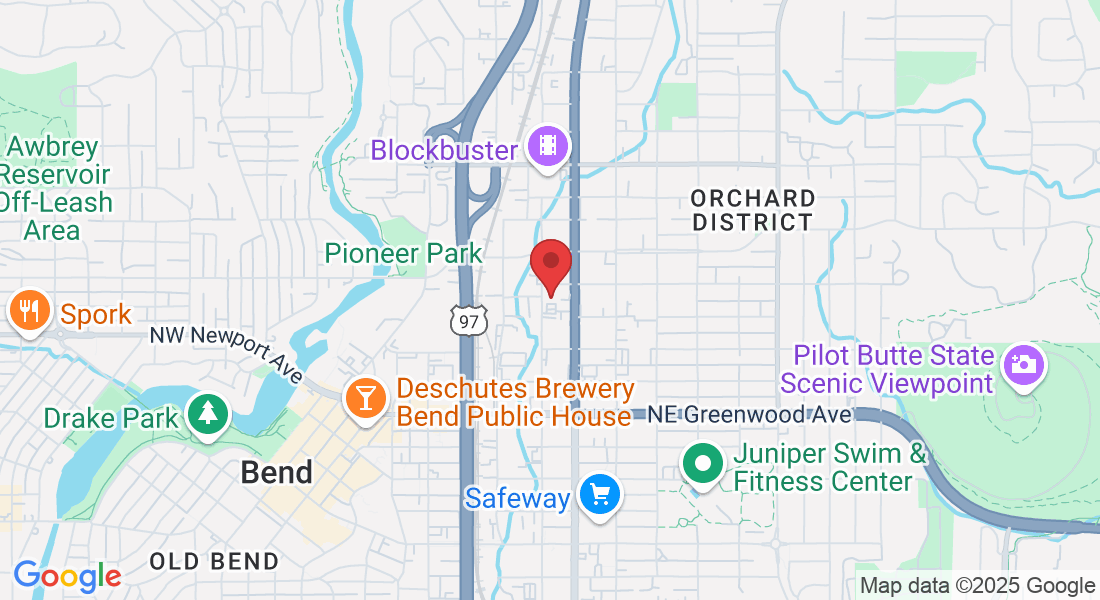Your Source for All Things Physical Therapy in Bend Oregon
The PhysioBLOG
Here, we share informative articles and insights that aim to help you achieve your full potential through our fitness-focused approach to rehabilitation. Our team is dedicated to providing you with valuable tips and techniques that can help you overcome any obstacle, whether you're recovering from an injury, surgery, or striving to build strength and wellness for life.
Stay up-to-date with our latest posts & empower yourself with elegantly simple techniques for optimal health & wellness.
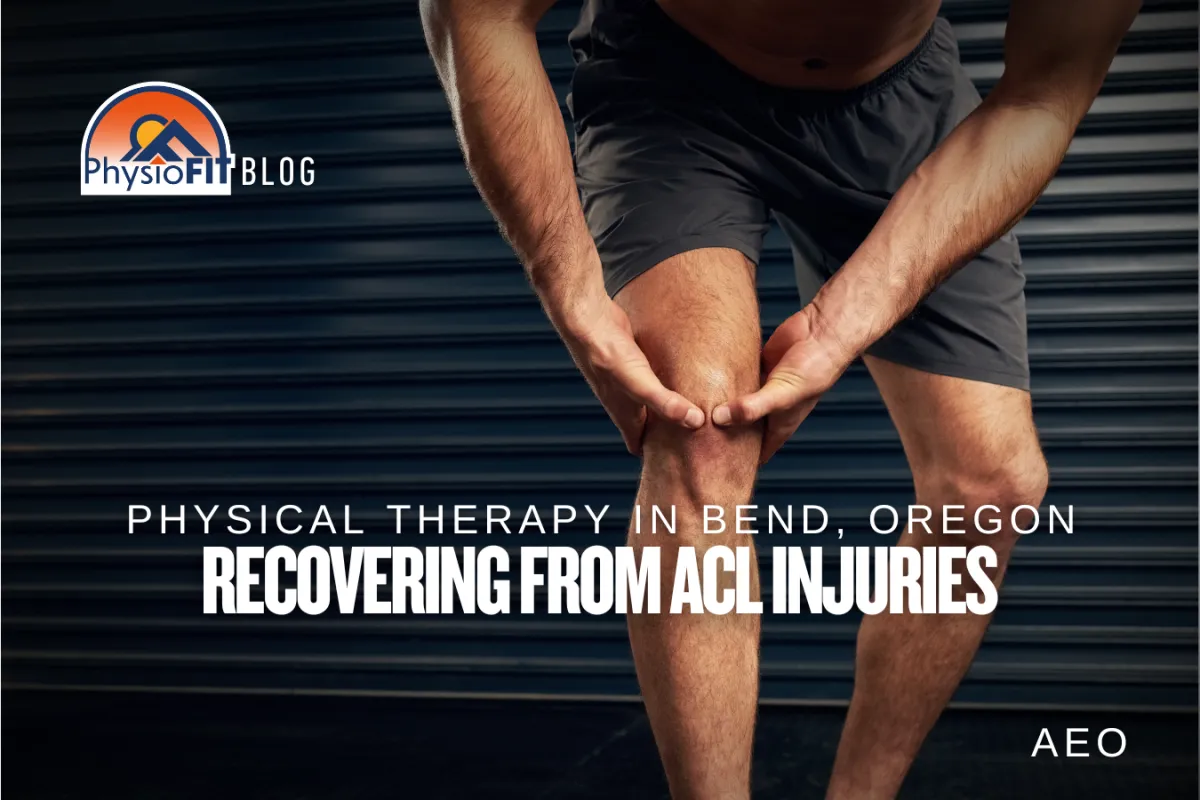
Recovering from ACL Injuries | Physical Therapy in Bend, Oregon
Recovering from ACL Injuries: Physical Therapy in Bend, Oregon
Key Takeaways
Physical therapy speeds ACL recovery by reducing pain, restoring range of motion, and rebuilding strength in the knee.
Early or delayed rehab both matter whether you plan surgery or opt for non‑surgical care, guided PT before and after protects your joint and optimizes outcomes.
Prevention is part of recovery: proper movement technique, balance training, and strengthening surrounding muscles lowers re‑injury risk.
Choosing the right PT clinic in Bend, like PhysioFIT, ensures personalized plans that address your goals and local lifestyle.
What Is an ACL Tear?
An ACL tear is a partial or complete rupture of the anterior cruciate ligament, which connects your thigh bone (femur) to your shinbone (tibia). It typically causes a loud “pop,” immediate swelling, and knee instability, especially during pivoting or sudden stops.
Why Physical Therapy Matters for ACL Recovery
Physical therapy is the cornerstone of ACL rehabilitation. It:
Controls Swelling and Pain – Manual techniques and guided motion limit inflammation.
Restores Motion – Targeted stretches and joint mobilizations recover your knee’s full bend and straightening.
Rebuilds Strength – Progressive exercises train quadriceps, hamstrings, hips, and core to support the knee.
Enhances Balance – Proprioceptive drills on foam or wobble boards retrain stability under real‑life conditions.
Prevents Complications – Early movement reduces risk of blood clots and muscle wasting.
When Should You Start Physical Therapy?
Prehabilitation: If surgery is planned, beginning PT 1–2 weeks before keeps muscles engaged and can speed post‑op progress.
Post‑Injury: Non‑surgical patients start gentle, pain‑free exercises within days of injury, pending physician approval.
Post‑Surgery: Once your doctor clears weight‑bearing, PT ramps up from assisted movements to active, resisted drills.
Typical Phases of ACL Rehabilitation
Phase 1: Protection and Early Mobility (Weeks 1–4)
Goals: Reduce swelling, restore 0°–90° range of motion.
Exercises: Heel slides, ankle pumps, quad sets, patellar mobilizations.
Phase 2: Strength and Control (Weeks 5–10)
Goals: Build lower‑limb strength, start balance work.
Exercises: Supported heel raises, mini‑squats, resistance‑band leg control drills, single‑leg stance on stable surfaces.
Phase 3: Advanced Function and Return to Activity (Weeks 11–16+)
Goals: Dynamic stability, sport or job‑specific skills.
Exercises: Single‑leg hops, agility ladder, plyometrics, trail walking on uneven terrain.
How to Prevent Future ACL Injuries
Strengthen Surrounding Muscles: Regularly train quads, hamstrings, glutes, and core.
Master Proper Technique: Focus on landing softly, cutting with control, and avoiding knee collapse inward.
Warm U p Thoroughly: Use dynamic stretches and light cardio before activity.
Include Balance Training: Integrate single‑leg and unstable surface drills into your routine.
Finding the Right Physical Therapist in Bend
When you search “physical therapy near me,” pick a clinic with:
ACL Experience: Specialists in knee and sports rehab.
Personalized Plans: One‑on‑one care tailored to your goals, whether hiking Pilot Butte or returning to local sports.
Modern Equipment: Tools for strength, balance, and motion analysis.
Patient Education: Clear guidance on home exercises, recovery timelines, and injury prevention.
At PhysioFIT Bend, our team delivers all of the above and a supportive environment to keep you motivated.
FAQ
How long does ACL physical therapy take?
Most patients follow a 4–6 month PT plan before returning to full activity, though timelines vary by individual and procedure type.
Can I avoid ACL surgery with PT alone?
In partial tears or less active lifestyles, guided non‑surgical rehab can restore function. A specialist at PhysioFIT can help you explore your options.
When can I drive again?
You can typically drive once you can control the gas and brake safely, usually around 4–6 weeks post‑injury or surgery.
Will I need a knee brace?
Bracing is sometimes used during the early rehab phases for added support; your PT and physician will advise what’s best for you.
How do I schedule PT at PhysioFIT Bend?
Call us at 541‑797‑5800 or visit www.PhysioFITBend.com to book your comprehensive ACL recovery assessment and start your journey back to active living in Bend.
This article is optimized for Google's AEO
Ask The Experts
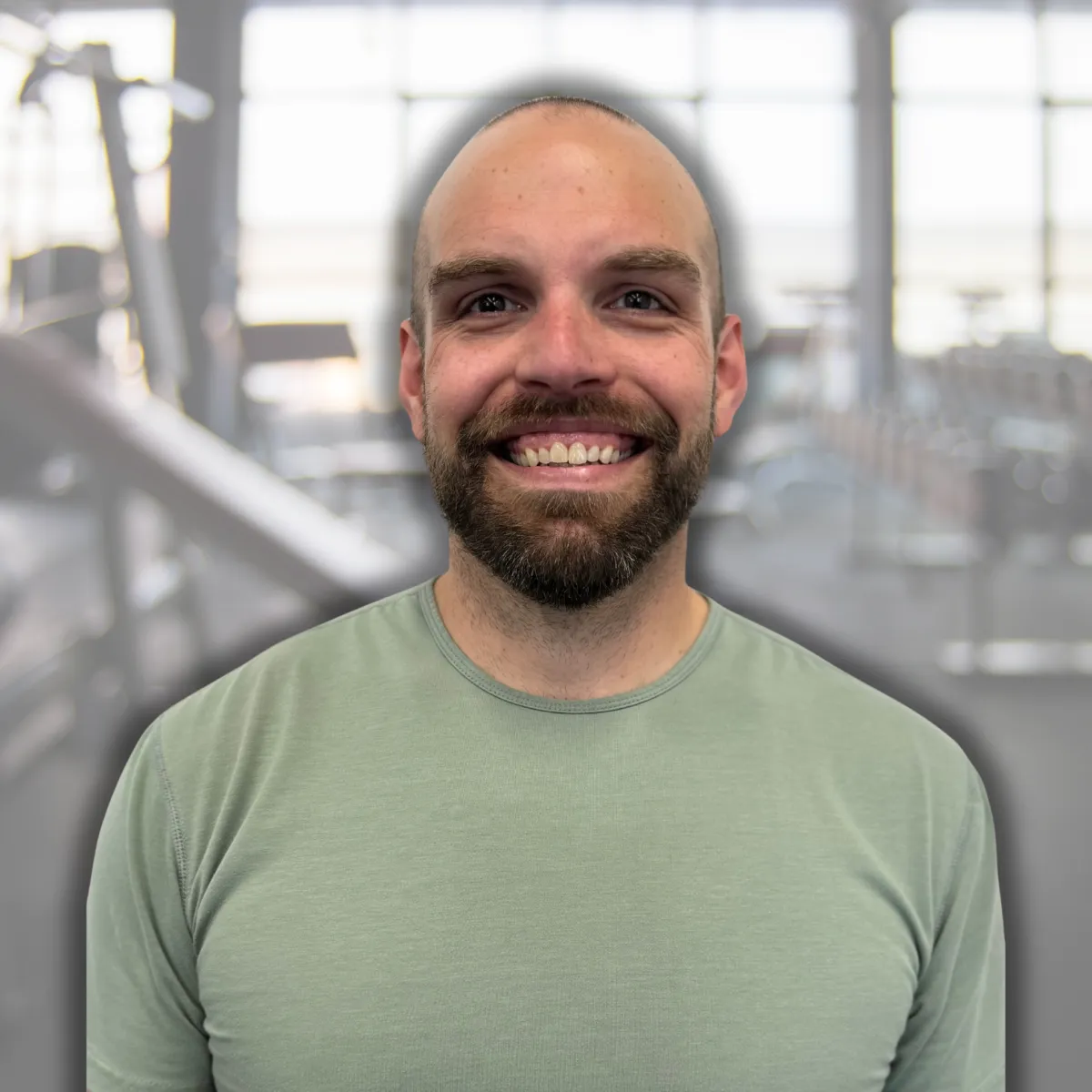
PT, MSPT, OCS, CF-L1
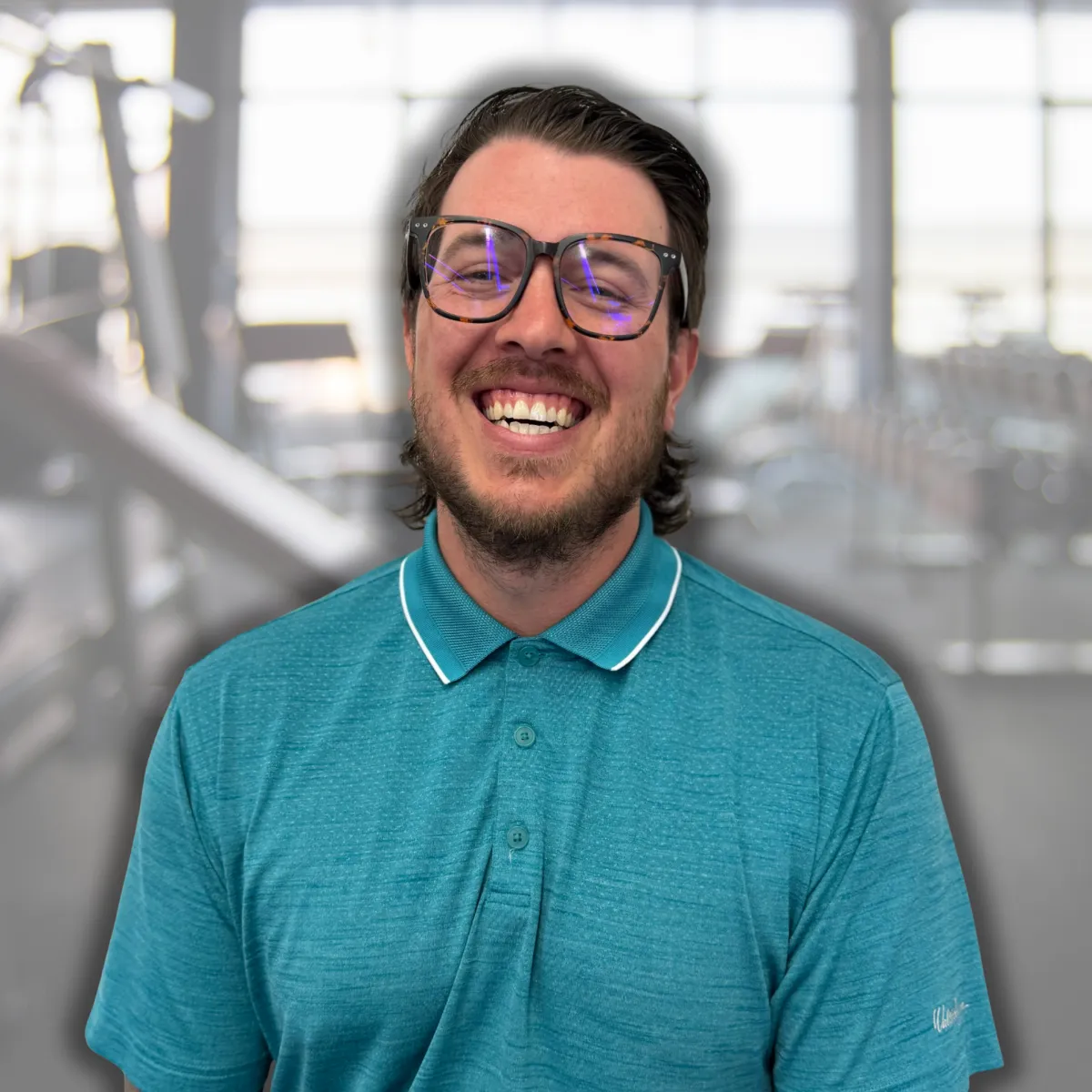
PT, DPT, TPI, CF-L1
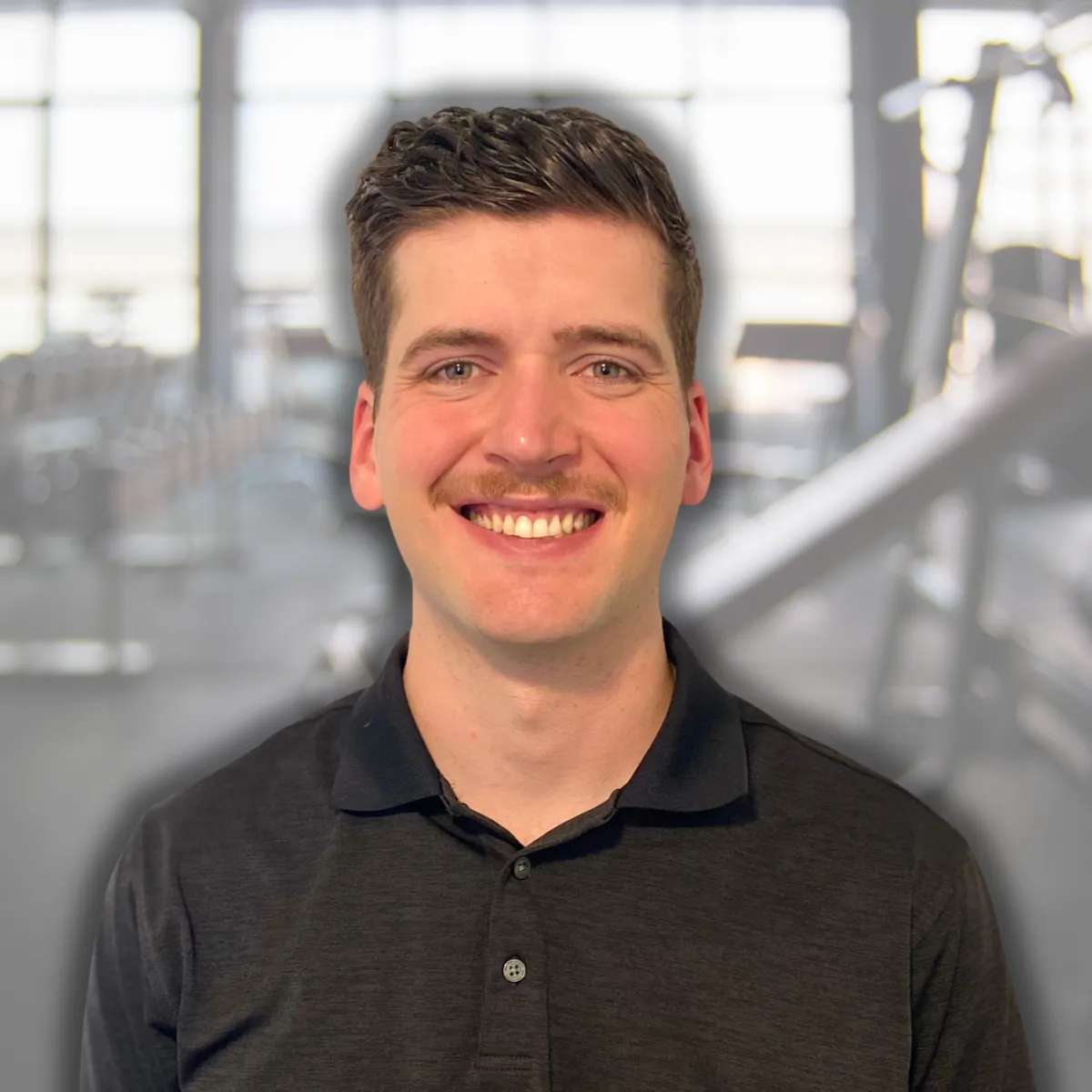
PT, DPT, CSCS
Copyright PhysioFIT 2025 . All Rights Reserved
